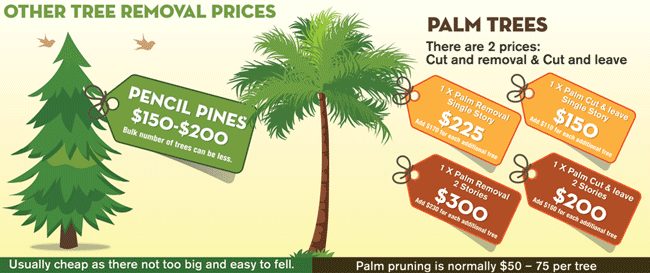Post-Tree Removal Upkeep: Reliable Strategies For Landscape Restoration
Material Composed By-Berman Chambers After a tree's elimination, your landscape may look rather various, and it's important to analyze the aftermath thoroughly. You'll wish to examine the dirt disruption and inspect bordering plants for any signs of stress and anxiety. Disregarding these aspects can bring about larger troubles down the line. So, what should you do with those stumps and origins? And how do you pick the most effective plants for your revitalized room? Let's explore these important actions.
Examining the Aftermath: Examining Your Landscape
After a tree elimination, it's important to assess your landscape to comprehend the impact it carries your yard. Start by examining the area where the tree stood. Seek signs of dirt disturbance, and examine the bordering plants for any anxiety or damages. You need to additionally make note of exactly how the removal has actually altered sunlight exposure and airflow in your yard. This shift can impact the development of nearby plants, so it's vital to examine their health. Think about the visual elements too; the removal could develop an open space that you can revamp. Finally, think about any type of possible disintegration problems that may arise from the tree's lack. Addressing these elements early will help bring back balance to your landscape.
Managing Stumps and Origins: Options for Removal
As soon as you have actually assessed the after-effects of the tree elimination, you'll likely require to take on the stump and origins left. You have a few alternatives for elimination. One reliable method is stump grinding, where an expert uses an equipment to grind the stump to underground level. This approach leaves very little disturbance to your landscape. If you like a DIY approach, you can use a combination of excavating and chemical stump cleaners. Just remember, this procedure can take some time and effort. Alternatively, take into consideration leaving the stump as an all-natural function, which can work as an unique garden aspect or habitat for wild animals. Whatever you select, resolving the stump and origins is necessary for recovering your landscape.
Selecting the Right Plant Kingdoms for Your New Space
As you examine your recently cleared room, picking the right plants can dramatically enhance your landscape's elegance and performance. Beginning by taking into visit this hyperlink and soil conditions. For warm locations, select drought-resistant plants like lavender or succulents. In shaded spots, ferns and hostas prosper well. Think about the dimension and growth routines of your plants; mix perennials and annuals for seasonal variety. Do not neglect to integrate native species; they require much less maintenance and support local wildlife. Group plants in weird numbers for a more all-natural look and create layers for aesthetic depth. Lastly, ensure you have a mix of colors and textures to keep your landscape dynamic throughout the seasons. when to trim pine trees growing!
Final thought
Finally, restoring your landscape after tree removal is a satisfying process. By assessing the results, resolving stumps and origins, and choosing the right plants, you'll create a flourishing atmosphere. Don't forget to integrate disintegration control actions to protect your dirt. With a little initiative and treatment, you can transform your area into a lively garden that boosts your residential or commercial property. Welcome the chance to renew your landscape and appreciate the elegance of nature right in your yard! 